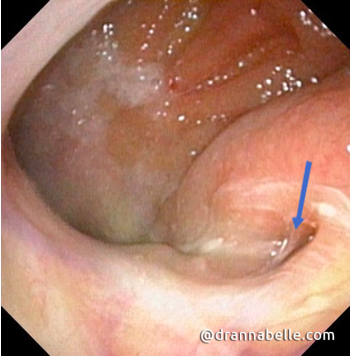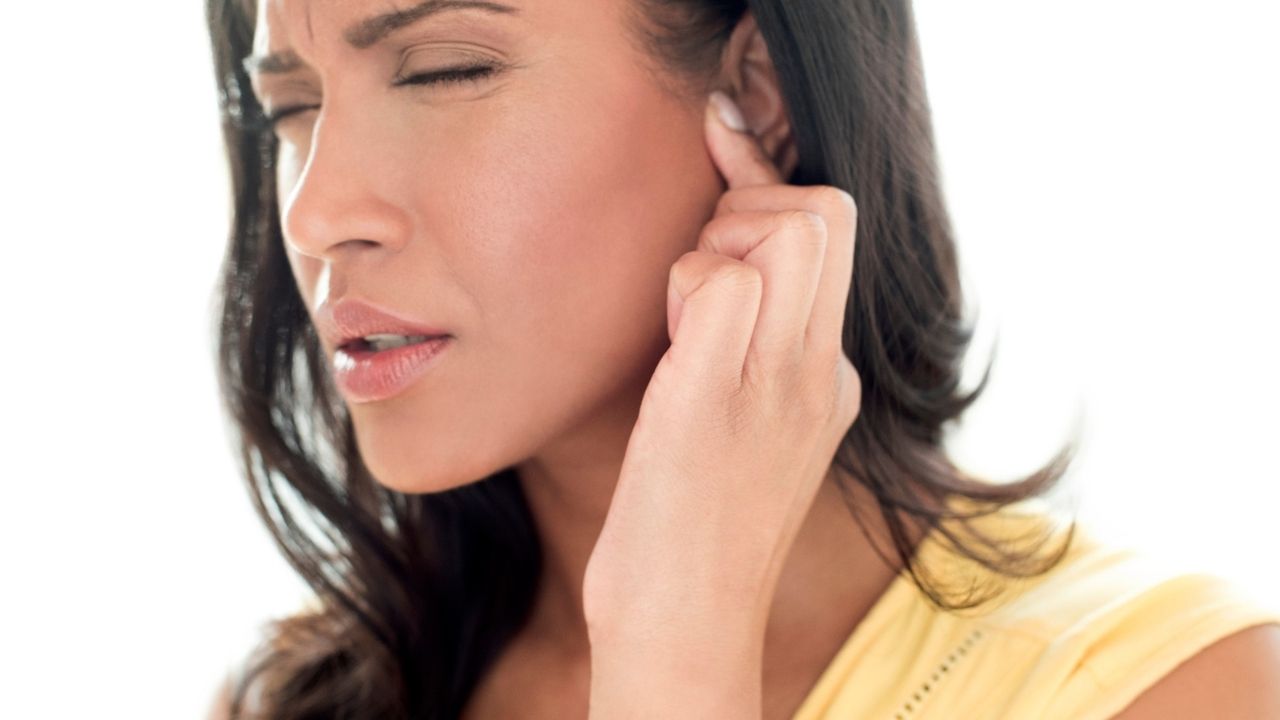Suffering from a persistently blocked ear with ear pain can be very distressing. Sometimes, you may also have ear discharge, itchy ear, fever or blocked nose with difficulty breathing. What you definitely should NOT do is to dig your ear with a cotton bud because that will only make things much worse for your blocked ear, especially if you already have an ear infection inside.
As one of the best ENT specialists in Singapore, many patients with blocked ear and ear pain come to see us to get their symptoms treated quickly and effectively. So what are the common causes of blocked ear? The causes of blocked ear include:
- Impacted earwax
- Infection of the ear canal skin (outer ear infection)
- Infection of the eardrum (middle ear infection)
- Fluid trapped behind the eardrum
- Actual hearing loss
- Congested pressure tubes (Eustachian tube dysfunction)
Before you reach for that tempting cotton bud, remember that this will often worsen the ear situation because inserting something into your ear will just push the existing wax or infected debris even deeper inside your ear, leading to more pain and may even damage your eardrum! People use all sorts of digging tools, including those awful metal “scooper” devices and even buying video camera devices from online websites which claim to help remove earwax but actually can’t and don’t do this at all. Ear candling is also of no use as there is no evidence it works and instead carries a risk of burns from the hot candle placed near your ear.

If earwax has gotten to the stage of near-complete impaction, then eardrops are far less likely to work and you need to see your friendly ENT specialist in Singapore to safely remove this under the microscope. Outer ear infections which cause ear swelling, discharge and pain need to be cleaned out too by your ENT specialist in Singapore who can apply the right medication inside your ear (oral antibiotic tablets often don’t tend to do the trick as topical medication is necessary). Middle ear infections (eardrum infections) need a course of oral Augmentin (penicillin) with painkillers as they are often very painful and may be associated with fever.
Fluid trapped behind the eardrum (glue ear) causes an irritating blocked ear with hearing loss. If it persists, then simple drainage in the clinic may be undertaken after applying some numbing cream. Sometimes, a very tiny ventilation tube (grommet) may be inserted to keep the drainage site open for longer to minimise the risk of fluid recurrence. Such a blocked ear condition is commonly seen after having the flu or a bad cold, or severe nasal allergies (allergic rhinitis) because the fluid is tracking into the ear from behind the nose via the Eustachian pressure tube (Figure 2). Nasal allergies lead to blocked nose, sneezing, itchy nose, watery eyes and a runny nose with lots of watery mucus. All these nasal problems can irritate the Eustachian pressure tubes to clog it, leading to a persistent blocked ear problem.

Sometimes, your blocked ear sensation may be due to an actual hearing loss occurring inside your inner ear where the hearing nerve endings are located. If this happens, a hearing test is indicated quite urgently to confirm an inner ear hearing loss, so that a course of steroid tablets can be prescribed to help maximise hearing recovery as soon as possible. An MRI scan of your inner ears and brain would also be indicated to rule out the possibility of an inner ear nerve tumour as a rare underlying cause. The option of steroid injections into your eardrum as targeted therapy for your sudden hearing loss and blocked ear may be offered to you if you are unable to tolerate oral steroids for some other health reason e.g. diabetes; or if the oral steroid course has failed to improve your hearing.
Here are Dr Annabelle’s 5 helpful tips to help unblock your blocked ear:
- Try applying some warmed olive oil drops into the ear to help to soften earwax inside.
- Taking some antihistamines like Telfast, Zyrtec or Clarityn may help to decongest your pressure tubes by reducing some of the backdrip of mucus trapped inside your nose.
- Steam inhalation with some aromatic oils like Eucalyptus oil may help to relieve nasal congestion/blocked nose associated with your blocked ear.
- Using a decongestant spray like Afrin or Iliadin may help to relieve the blocked ear/blocked Eustachian tubes and is usually available off the counter.
- Whatever you do, remember never to dig your ears with anything. Most ears are actually self-cleaning so digging just ends up disturbing the normal outward wax migration.

